Splitting Firewood
November 9, 2016How to Split Firewood Like a Pro
When you’re a lumberjack, an axe is your best friend. As a homeowner, chopping wood can be quite the chore – especially if you try to use the traditional axe. With the right tools, including a splitting wedge, maul, hatchet, or even a wood splitter, you can tackle your next cord with gusto and time saving smarts.
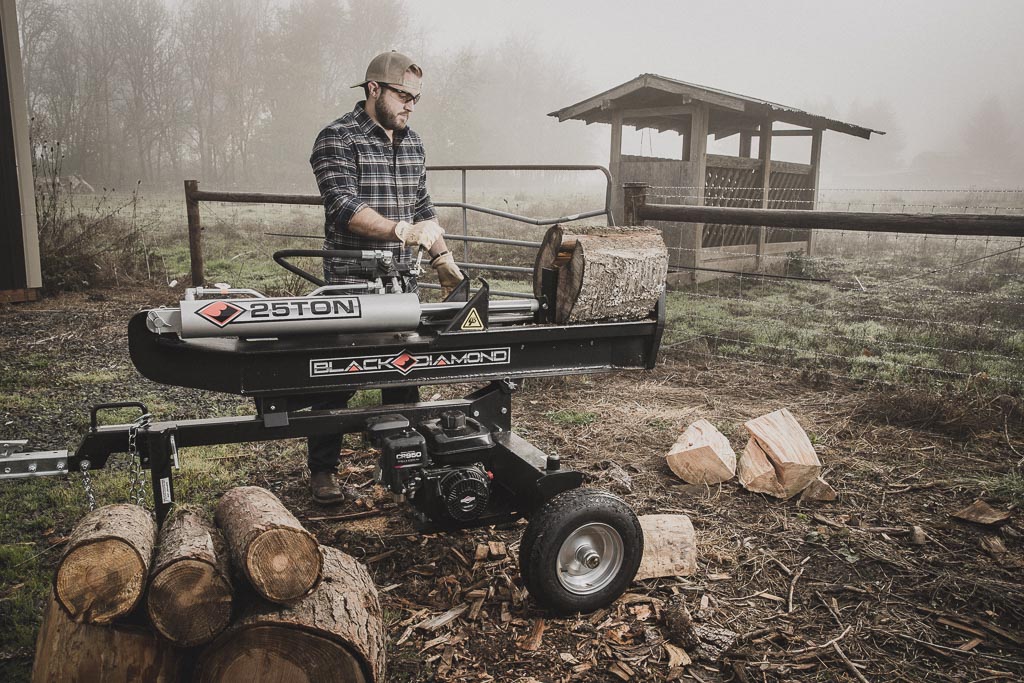
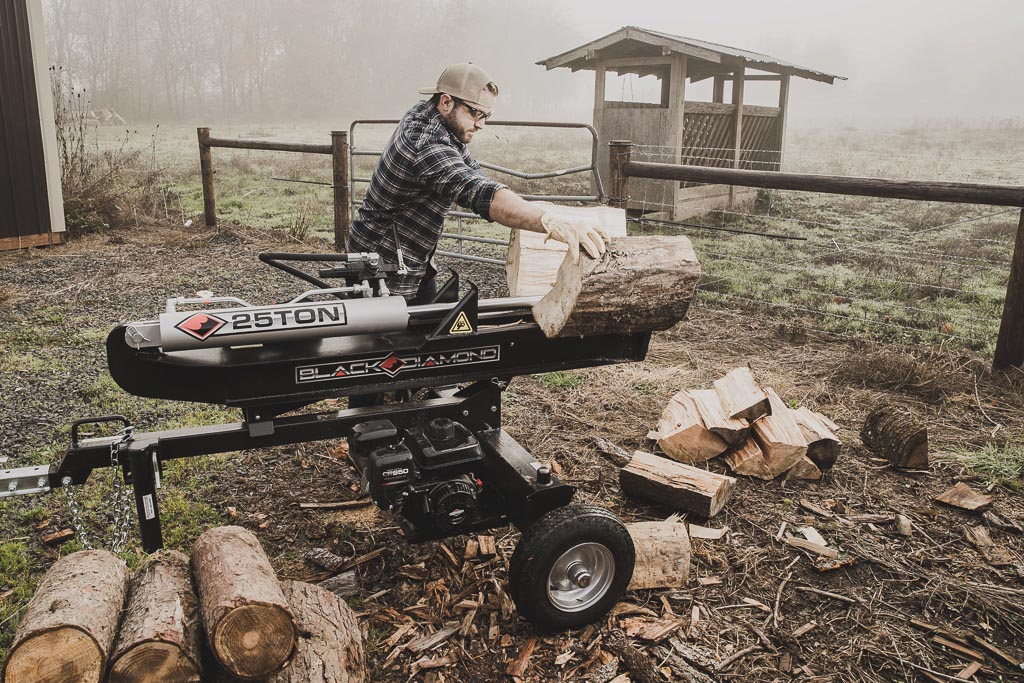
Split Logs in Seconds
The log splitter is one of man’s greatest inventions (albeit a loud one so wear ear protection). Models such as this 25-ton unit from Black Diamond take the work out of splitting wood. Just set it up for horizontal or vertical splitting, start it up, and place your log between the end plate and the wedge. Using the lever, you control the hydraulic maul as it smoothly slices it’s way through your wood. Send the maul back, reposition the log, and send it through again to create smaller and smaller pieces of fireplace fuel.
Coastal tip: Using a log splitter means you can cut flat and long pieces of wood for a hotter burning fire.
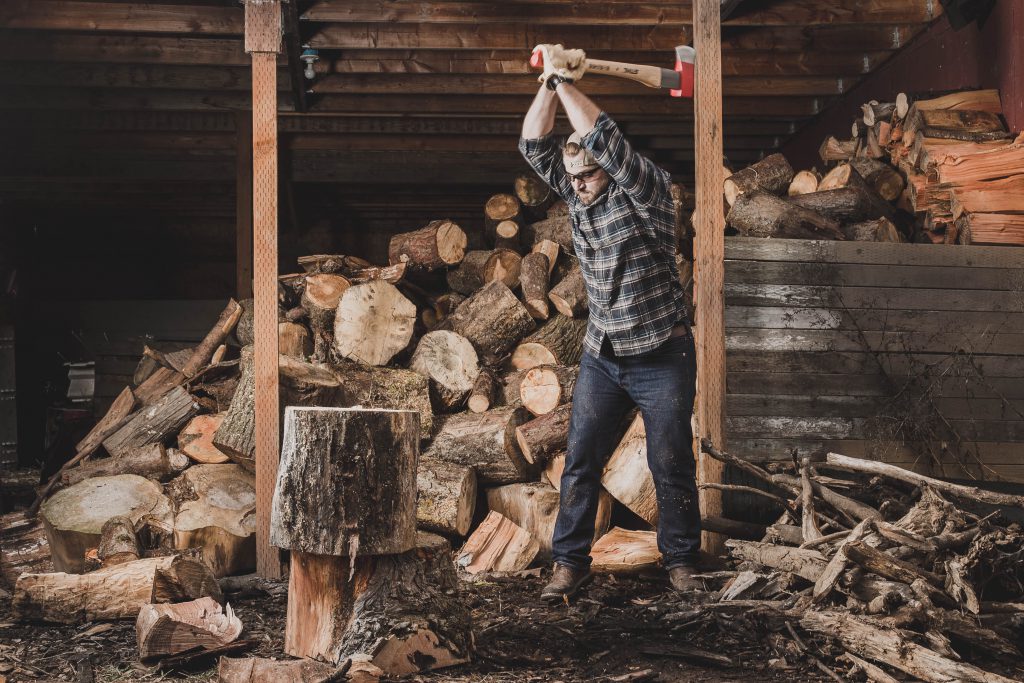
Using a Maul
Proper technique is important when using a maul. After all, you’re swinging an 8-pound piece of sharpened metal toward an unsuspecting log. While it really takes some practice to get good at chopping wood, we’ve put together a few tips to get you started.
Use a chopping block that brings your wood at least 6 inches off the ground, but not too high. Your chopping block should have a large, flat surface that makes it easy to stand logs vertically.
Work in a safe location. Don’t try to chop wood with overhanging branches in the way. Also, look for a spot that is both flat and dry (so you don’t slip).
Wear gloves, pants, and boots for added protection and stability. If necessary, wear protective eyewear to avoid splinters.
Take aim by placing your maul on the location where you want to split the log. Aim back from the center. Your swing will likely end a little forward from where you are aiming. When you’re ready, bring the maul over your head and back down onto the log in one fluid motion. In the beginning, you will miss your target. Just be careful because missing the log can cause the axe to swing out toward your feet.
Coastal tip: Always split wood on the cracks. Look for lines and cracks from the center out for best results.
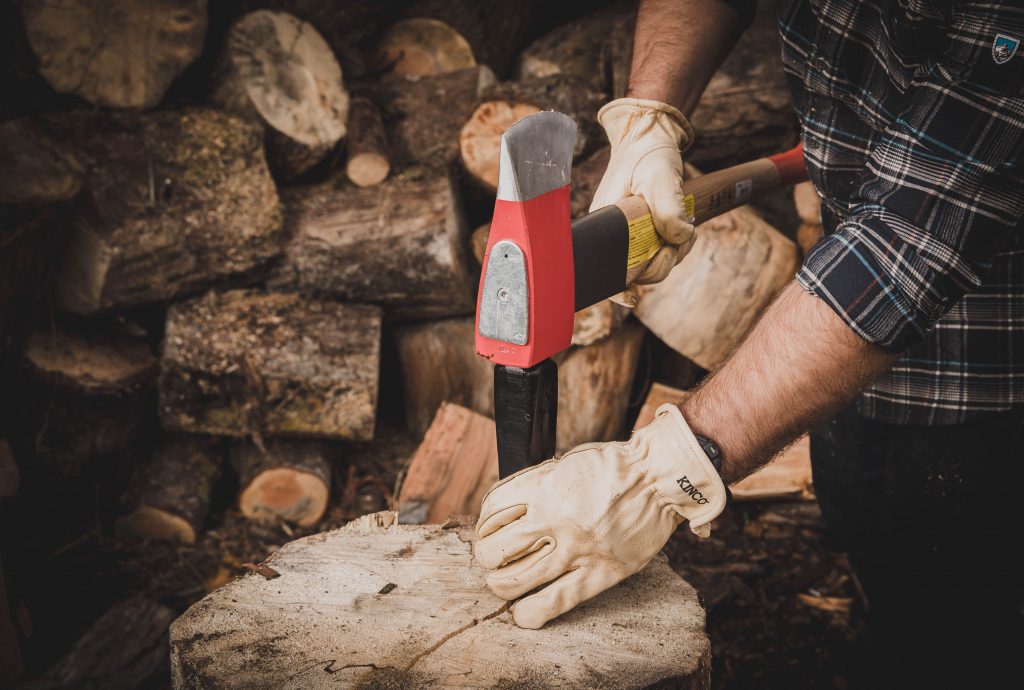
Using a Wedge
There are times that you’ll need a wedge, especially with knotty wood or larger pieces. These triangular-shaped hunks of metal are a great way to split even the toughest logs. First, start by tapping the wedge into the front edge of your log using the hammer side of your maul. Then, simply begin to drive the wedge into the log with half swings. You’ll find that it doesn’t take much to move the wedge through any log.
Be sure to have several wedges on hand. If your first wedge doesn’t split the wood, start another wedge closer to the center but along the same crack.
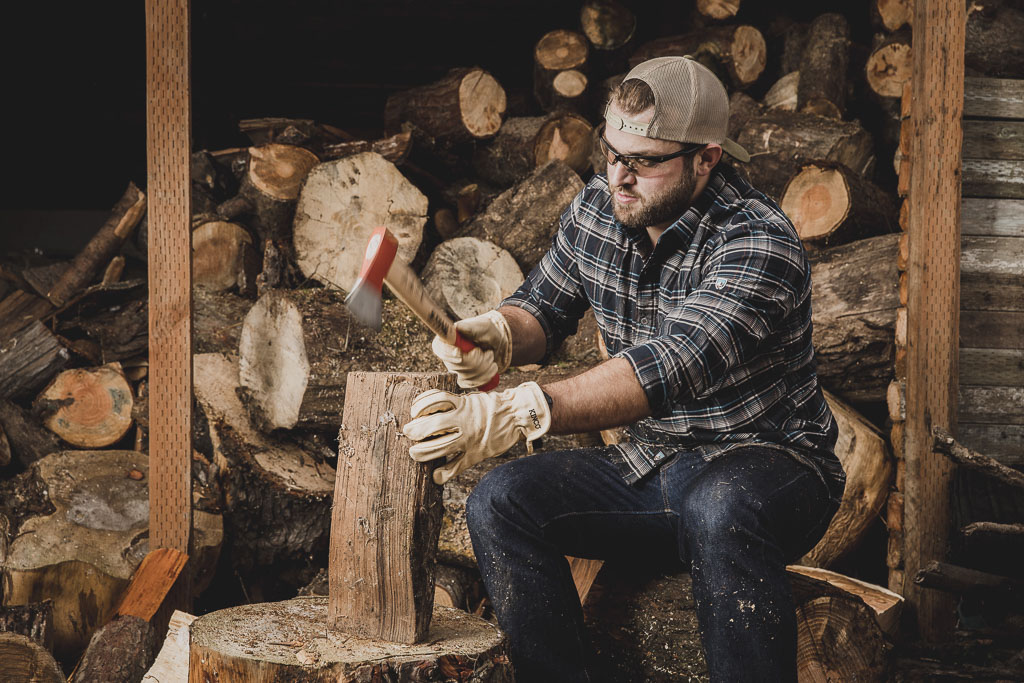
Using a Hatchet
A hatchet is much smaller than a maul or axe, but don’t let its size fool you. The basic hatchet is a wonderful tool for creating kindling. First, stand a small piece of chopped wood onto your chopping block. Next, hold it in place with a stick to avoid cutting yourself. Then, bring the hatchet down onto the edge of the wood. Done correctly, you should end up with a piece of kindling. Continue as necessary.
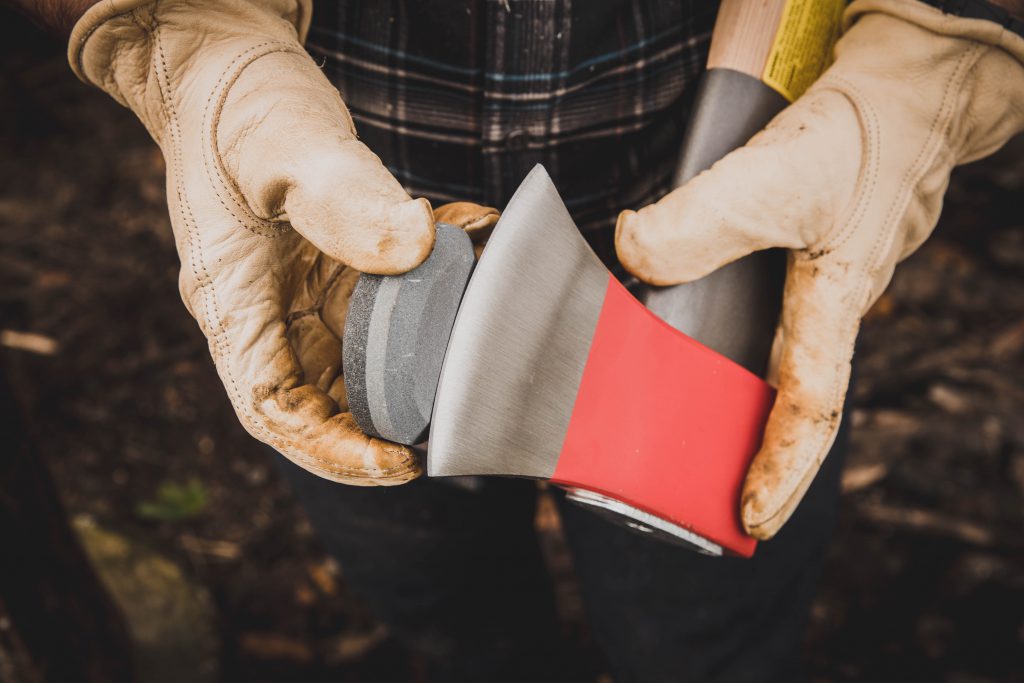
Sharpening While You Work
To keep your chopping tools sharp while you work, just use a sharpening stone. Begin at the top corner of the blade and move it along to the bottom corner. Repeat as necessary to fix small notches or burs in the metal.
Let’s Chop Some Wood
Coastal has a wide selection of mauls, wedges, axes, and hatchets. We can even set you up with the right wood splitter for your needs. Stop by your nearby Coastal Farm & Ranch to get everything you need to keep your fireplace, stove, or hunting campfire burning strong all winter long.
Coastal Wood Chopping Safety Tips
If you’re a beginner, choose a maul with a composite rather than wood handle.
Wood will get stuck to your maul head. Lifting it over your head to take a good swing at chopping through the wood can cause injury if it falls. Instead, take a short swing.
Do not rock your axe handle left and right to dislodge a stuck axe. This can weaken the handle. Use forward and back rocking motions instead.
